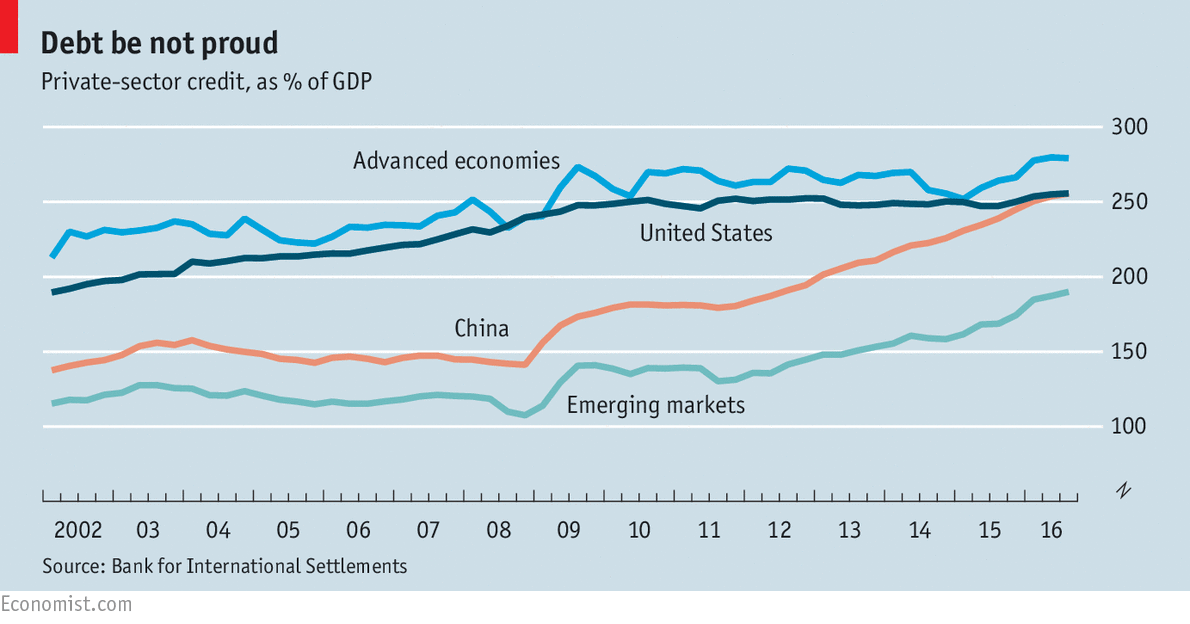On the way to the first fintech bank

Vladislav Solodkiy, managing partner at Life.SREDA, a Singapore-based financial technology (fintech) venture capital firm, shares his thoughts on the establishment of fintech banks and its difference from traditional banks.
- One of the core differences in approach to financial services between banks and fintech lies in democratisation
- The beauty of “fintech banking” is that it competes directly with banks on core banking services without the need to build all the products
- Soldkiy believes that the next step in fintech will belong to the new generation of “fintech banks”
Despite the slowdown in the growth of financial technology (fintech), in terms of new investments, the industry has still been leading in the venture world over the past two years. The slowdown is quite natural as the market is full of new ideas, technologies and players, and further evolution is the result of the development and consolidation of existing companies.
The market has started talking about fintech-bank – please, do not confuse this fundamental concept with online banks! In principle, online banks provide an interface for opening and managing accounts and deposits, as well as issuing banking cards. The financial services spectrum is huge: transfers, micro-\peer-to-peer- (P2P)\peer-to-business (P2B)-lending, crowdfunding and crowd investing, online-trading, and personal financial management, to name a few.
In the short term, no player can deliver ten and more major products in a set for retail and small and medium sized enterprises (SME) clients. Every start-up has its pieces of puzzle and “market pie”. Most exit strategies in the market look like “to be acquired by a major bank, telecom or internet giant”, which by the way have a profitable core business (with other elements). Just imagine how many products will a fintech bank built by combining six, eight or ten successful fintech services! It would be very convenient for customers, simplifying the problem of choice, and improving the services combined together.
Moreover, it would solve many problems of fintech start-ups: their market shares and “premium for leadership”, a variety of monetisation methods, improved cross-sales, increased margins and profitability, and integration of services based on new technological platforms (rather than old bank IT infrastructure).
Democratisation as a core difference
One of the core differences in approach to financial services between banks and fintech lies in democratisation. While banks have always been looking to control the financial services industry, with the rise of fintech, the situation has changed drastically. If we were to decompose a bank, there would be a fintech company that can substitute each service the bank provides. However, a single “problem” remains – banks are still holding our accounts. So, we still need a bank, but not for the reasons we needed it ten years ago. Over time banks may become sort of “warehouses” bringing together fintech start-ups to serve each particular need of a customer.
Furthermore, fintech banks, thanks to their banking licences, will not rely any more on any bank to stay in business, and so will not be at the mercy of incumbents. What is even more powerful, through the marketplace, incumbents will become “clients” of fintech banks, so the system will be completely reversed.
The beauty of “fintech banking” is that it competes directly with banks on core banking services without the need to build all the products. Most bankers are not worried enough by fintech to react to its coming second wave. This creates a fantastic “window” for fintech entrepreneurs to build it. And once it’s done, it will be too late for them to react.
“Fintech bank” is a value ecosystem. It’s not feasible or viable (and perhaps even necessary) for a bank to provision every product or service that a customer may need. But it can very well be the channel through which the product is provisioned by another party. Platforms will be about “coopetition” as much as they are about competition.
The advantages of artificial consolidation (as opposed to organic growth)
The presence in three or more markets shows that the company is international. If it succeeds to supplement new services in the process of merger, the company will be diversified not only geographically, but also in terms of its product range.
The point is not only in “internationality”, but also in the “premium for leadership”. As a result, one can find himself in a situation where by reducing the number of market participants, he creates a reverse disproportion: there are more potential acquirers than objects for acquisition – setting the price, while the number of those interested in the company grows.
Since everyone is developing roughly the same products, after the merger, the company can choose either to spend the same amount of money to develop more products, or to reduce the cost of research and development (R&D) by several times.
Overall, the process of mergers and acquisitions is now conditioned not only by any fintech market evolutionary stage, strategic competition for the market share between global fintech hubs, or the potential premium for solving current investors’ issues, but also by an entirely new user experience due to the seamless merger of different products into a package of complimentary services.
Vladislav Solodkiy is managing partner at Life.SREDA, a fintech-focused, Singapore-based venture capital firm, and author of the book “The First Fintech Bank’s Arrival”. The views expressed herein are strictly of the author.
Keywords: Life.SREDA, Fintech, Technology, API











Leave your Comments